Home>Home Appliances>Home Automation Appliances>Why Does My Alexa Sound Different
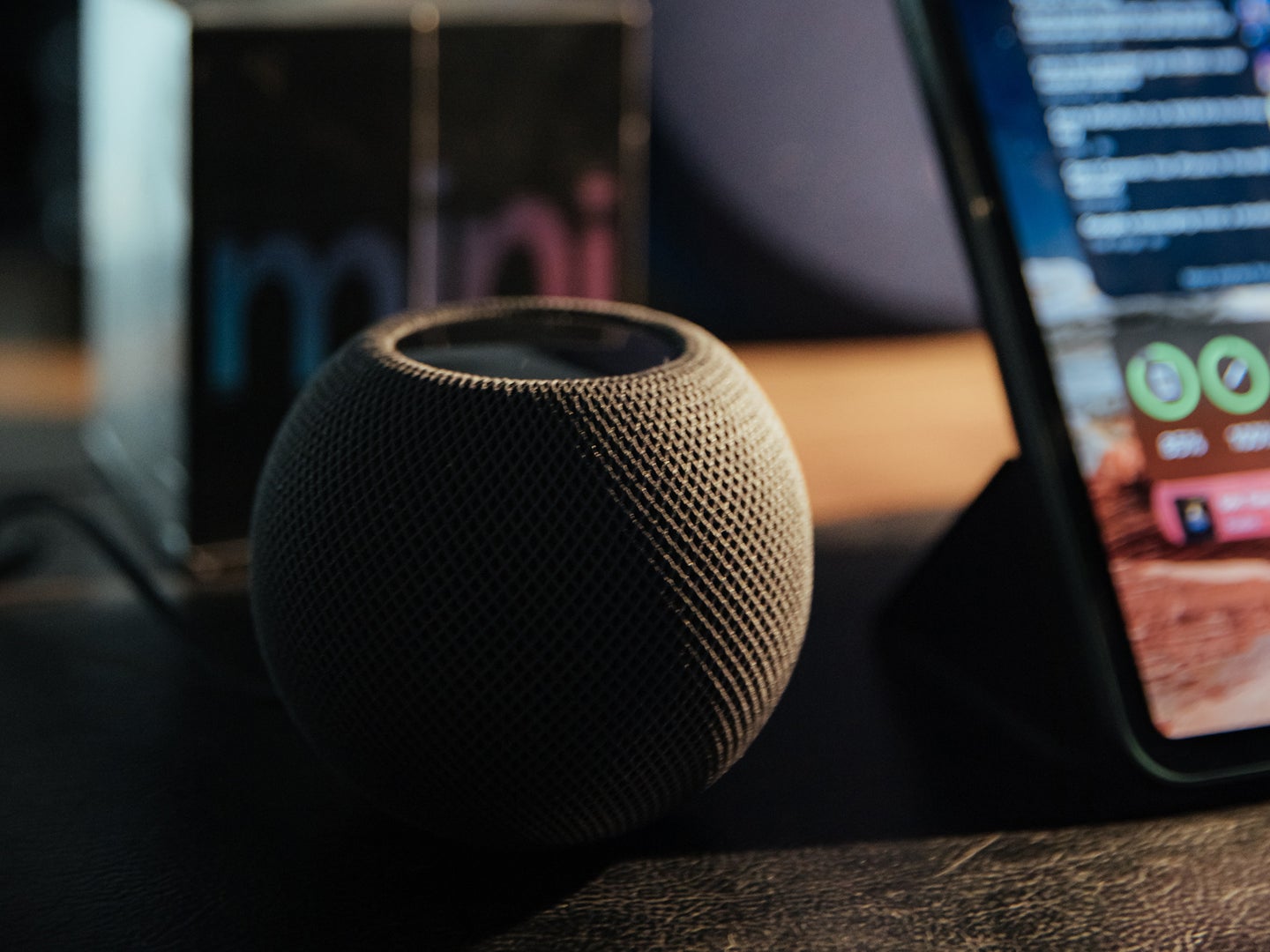

Home Automation Appliances
Why Does My Alexa Sound Different
Published: December 31, 2023
Discover why your Alexa sounds different and how it relates to home automation appliances. Learn how to troubleshoot and improve your smart home experience.
(Many of the links in this article redirect to a specific reviewed product. Your purchase of these products through affiliate links helps to generate commission for Storables.com, at no extra cost. Learn more)
Introduction
Read more: Why Does My Alexa Sound Static
The Role of Alexa's Voice
Welcome to the fascinating world of home automation, where technology seamlessly integrates with our daily lives to make them more convenient and efficient. At the heart of this revolution is Amazon’s Alexa, a virtual assistant that responds to voice commands, enabling users to control various smart devices, play music, set reminders, and access a wealth of information with just a simple verbal cue. One of the most striking features of Alexa is its voice, which serves as the primary means of communication between the user and the virtual assistant.
Alexa’s voice plays a pivotal role in shaping the overall user experience, as it not only conveys information but also creates a sense of interaction and engagement. The tone, clarity, and naturalness of Alexa’s voice significantly impact how users perceive and interact with the virtual assistant. Therefore, any alterations in Alexa’s voice can be quite noticeable and may prompt users to wonder, “Why does my Alexa sound different?”
In this article, we will delve into the factors that influence Alexa’s voice, explore the potential reasons behind any perceived changes in its sound, and provide insights into addressing technical issues that may affect Alexa’s voice. By gaining a deeper understanding of these aspects, users can better appreciate the intricacies of Alexa’s voice and optimize their interactions with this innovative technology.
Key Takeaways:
- Alexa’s voice is like the personality of a smart home, making it easy and fun to talk to. It can change due to updates, accents, and even how it’s set up in your house.
- If Alexa’s voice sounds different, it might be due to internet issues, where it’s placed, or how it’s set up. Fixing these can make talking to Alexa clear and enjoyable.
The Role of Alexa’s Voice
Alexa’s voice serves as the primary interface through which users engage with the virtual assistant, creating a human-like interaction that enhances the overall user experience. The voice is designed to be clear, natural, and easily understandable, fostering a sense of conversational rapport between the user and the technology. By emulating human speech patterns and intonations, Alexa’s voice aims to bridge the gap between man and machine, making interactions more intuitive and engaging.
One of the key functions of Alexa’s voice is to provide information and respond to user queries. Whether it’s answering general knowledge questions, providing weather updates, or delivering news briefs, the clarity and articulation of Alexa’s voice are crucial in ensuring that users receive accurate and comprehensible responses. Moreover, the natural cadence and tone of the voice contribute to a more pleasant and conversational interaction, enhancing the overall user satisfaction.
Beyond information delivery, Alexa’s voice plays a vital role in executing commands and controlling smart home devices. By issuing voice commands, users can instruct Alexa to adjust lighting, set timers, play music, or even place online orders. The reliability and consistency of Alexa’s voice recognition and response capabilities are essential in ensuring that these commands are accurately interpreted and executed, thereby streamlining the user’s interaction with their connected devices.
Furthermore, Alexa’s voice is instrumental in delivering personalized content and notifications, such as calendar reminders, traffic updates, and tailored recommendations based on user preferences. The ability of the voice to convey these personalized messages in a clear and engaging manner contributes to a more customized and user-centric experience, catering to the individual needs and interests of each user.
In essence, Alexa’s voice serves as the conduit through which users communicate, receive information, and interact with their smart home ecosystem. Its role extends beyond mere vocalization, encompassing the creation of a seamless and intuitive user interface that fosters a natural and effortless interaction between humans and technology.
Factors Affecting Alexa’s Voice
Several factors can influence the way Alexa’s voice sounds and behaves, ultimately shaping the user experience. Understanding these factors can shed light on why Alexa’s voice may appear different at times and provide insights into optimizing its performance.
- Software Updates: Amazon regularly updates the software and algorithms that govern Alexa’s voice. These updates may introduce enhancements to the voice’s naturalness, intonation, and language processing capabilities. As a result, users may perceive changes in Alexa’s voice following software updates, reflecting ongoing improvements in the virtual assistant’s speech synthesis technology.
- Regional Variations: Alexa’s voice may exhibit variations based on regional settings and language preferences. Different accents, pronunciations, and linguistic nuances may be incorporated to cater to diverse user demographics. As a result, users in distinct regions or language settings may notice differences in how Alexa’s voice sounds, reflecting the localization efforts aimed at enhancing the assistant’s relevance and accessibility across various markets.
- Voice Training: Alexa’s voice recognition and synthesis capabilities are designed to adapt to individual user voices through voice training features. As users interact with Alexa and provide feedback, the virtual assistant’s ability to understand and respond to specific voices may improve, potentially leading to subtle adjustments in the way Alexa’s voice sounds when addressing different users.
- Hardware Variability: The devices through which Alexa’s voice is accessed, such as Echo speakers and smart displays, may exhibit variations in audio output due to hardware differences. The acoustic characteristics of these devices, including speaker quality, size, and placement, can influence the perceived sound of Alexa’s voice, potentially leading to variations in audio fidelity and clarity.
- Personalization Settings: Users can customize Alexa’s voice through personalization settings, such as selecting different voice options or adjusting speech speed. These settings can directly impact the auditory experience of interacting with Alexa, allowing users to tailor the voice to their preferences and potentially leading to perceived differences in how Alexa sounds based on individual settings.
By considering these factors, users can gain a deeper appreciation for the dynamic nature of Alexa’s voice and the various elements that contribute to its auditory characteristics. While these factors may lead to perceived differences in Alexa’s voice, they collectively reflect the adaptability and personalization options inherent in the virtual assistant’s voice technology.
If your Alexa sounds different, try checking the device’s volume settings and the placement of the device in the room. Sometimes, adjusting these factors can improve the sound quality.
Technical Issues and Solutions
While Alexa’s voice is designed to provide a seamless and reliable user experience, technical issues may occasionally arise, affecting the way the voice sounds and functions. Understanding these potential issues and their respective solutions can help users address any discrepancies in Alexa’s voice performance.
- Network Connectivity: Inconsistent or poor network connectivity can impact the clarity and responsiveness of Alexa’s voice. Network-related issues may lead to delays in voice responses or interruptions in audio playback. To address this, users can troubleshoot their network connection, ensure that their Alexa-enabled devices are within range of a stable Wi-Fi signal, and consider optimizing their network setup to minimize connectivity issues.
- Device Placement and Acoustics: The placement of Alexa-enabled devices and the acoustic characteristics of the surrounding environment can influence the perceived quality of Alexa’s voice. Suboptimal placement or environmental factors, such as excessive background noise or reverberation, may affect the clarity and intelligibility of the voice. Users can optimize the placement of their devices, minimize ambient noise, and consider acoustic treatments to enhance the acoustic environment for improved voice reproduction.
- Device Software Updates: Ensuring that Alexa-enabled devices are running the latest firmware and software updates is essential for maintaining optimal voice performance. Software updates often include improvements to audio processing, voice recognition, and overall system stability. By regularly updating their devices, users can mitigate potential software-related issues that may impact Alexa’s voice quality.
- Voice Training and Recognition: Alexa’s voice recognition capabilities can be influenced by factors such as voice training, ambient noise, and user enunciation. Users experiencing issues with voice recognition or accuracy can explore voice training features, minimize background noise during interactions, and speak clearly to enhance the virtual assistant’s ability to understand and respond to voice commands accurately.
- Audio Output Settings: Users can optimize the audio output settings of their Alexa-enabled devices to ensure that the voice is reproduced with optimal clarity and fidelity. Adjusting volume levels, equalization settings, and audio enhancement features can contribute to a more satisfying auditory experience when interacting with Alexa’s voice.
By proactively addressing these technical considerations and leveraging the available solutions, users can troubleshoot potential issues affecting Alexa’s voice and optimize the overall auditory experience when engaging with the virtual assistant. Additionally, staying informed about best practices for device setup, maintenance, and software management can contribute to a consistently reliable and enjoyable interaction with Alexa’s voice.
Read more: Why Does My Alexa Sound Muffled
Conclusion
Alexa’s voice is a defining feature of the virtual assistant, serving as the gateway to seamless interactions, personalized experiences, and intuitive control of smart home devices. The clarity, naturalness, and adaptability of Alexa’s voice play a crucial role in shaping the overall user experience, fostering a sense of familiarity and engagement that transcends traditional human-machine interactions.
As users navigate the dynamic landscape of Alexa’s voice, it’s essential to recognize the multifaceted factors that influence its sound and behavior. From software updates and regional variations to personalization settings and technical considerations, the intricate interplay of these elements underscores the evolving nature of Alexa’s voice technology. By understanding these factors, users can gain a deeper appreciation for the adaptability and customization options inherent in Alexa’s voice, empowering them to tailor their interactions with the virtual assistant to their preferences and needs.
Furthermore, addressing potential technical issues and leveraging proactive solutions can enhance the reliability and clarity of Alexa’s voice, ensuring a consistent and gratifying auditory experience. By optimizing network connectivity, refining device placement, staying updated on software enhancements, and fine-tuning audio output settings, users can mitigate potential challenges and maintain an optimal environment for engaging with Alexa’s voice.
In essence, the journey of understanding and optimizing Alexa’s voice is a testament to the ongoing innovation and user-centric design that underpin the evolution of virtual assistant technology. As users continue to explore the capabilities and nuances of Alexa’s voice, they contribute to a collective narrative of seamless integration, personalized experiences, and the boundless potential of human-machine interaction.
Ultimately, the question of “Why does my Alexa sound different?” becomes an invitation to delve into the rich tapestry of factors, experiences, and solutions that define the captivating world of Alexa’s voice, enriching the everyday lives of users and illuminating the path toward a more connected and intuitive future.
Frequently Asked Questions about Why Does My Alexa Sound Different
Was this page helpful?
At Storables.com, we guarantee accurate and reliable information. Our content, validated by Expert Board Contributors, is crafted following stringent Editorial Policies. We're committed to providing you with well-researched, expert-backed insights for all your informational needs.
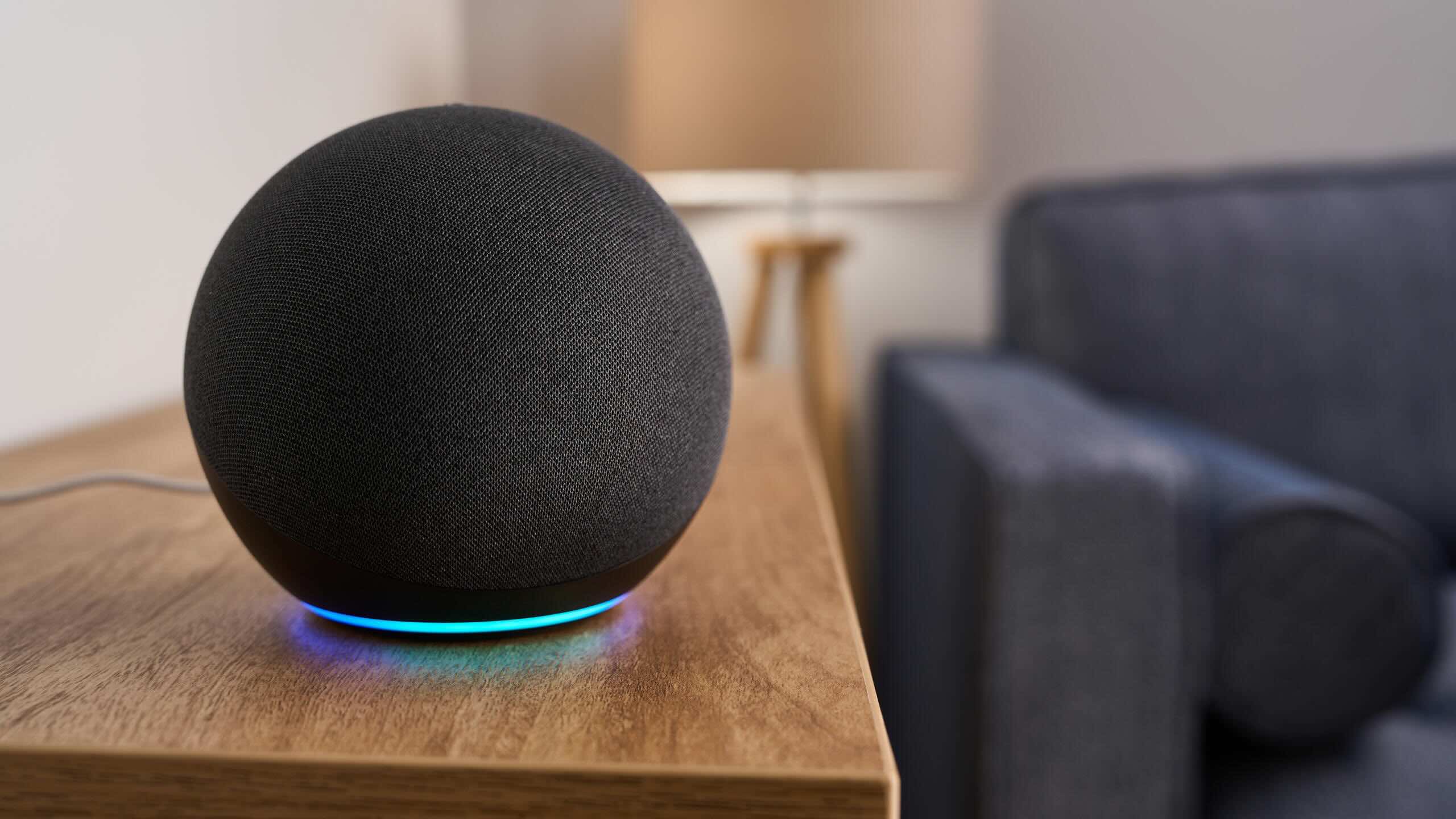


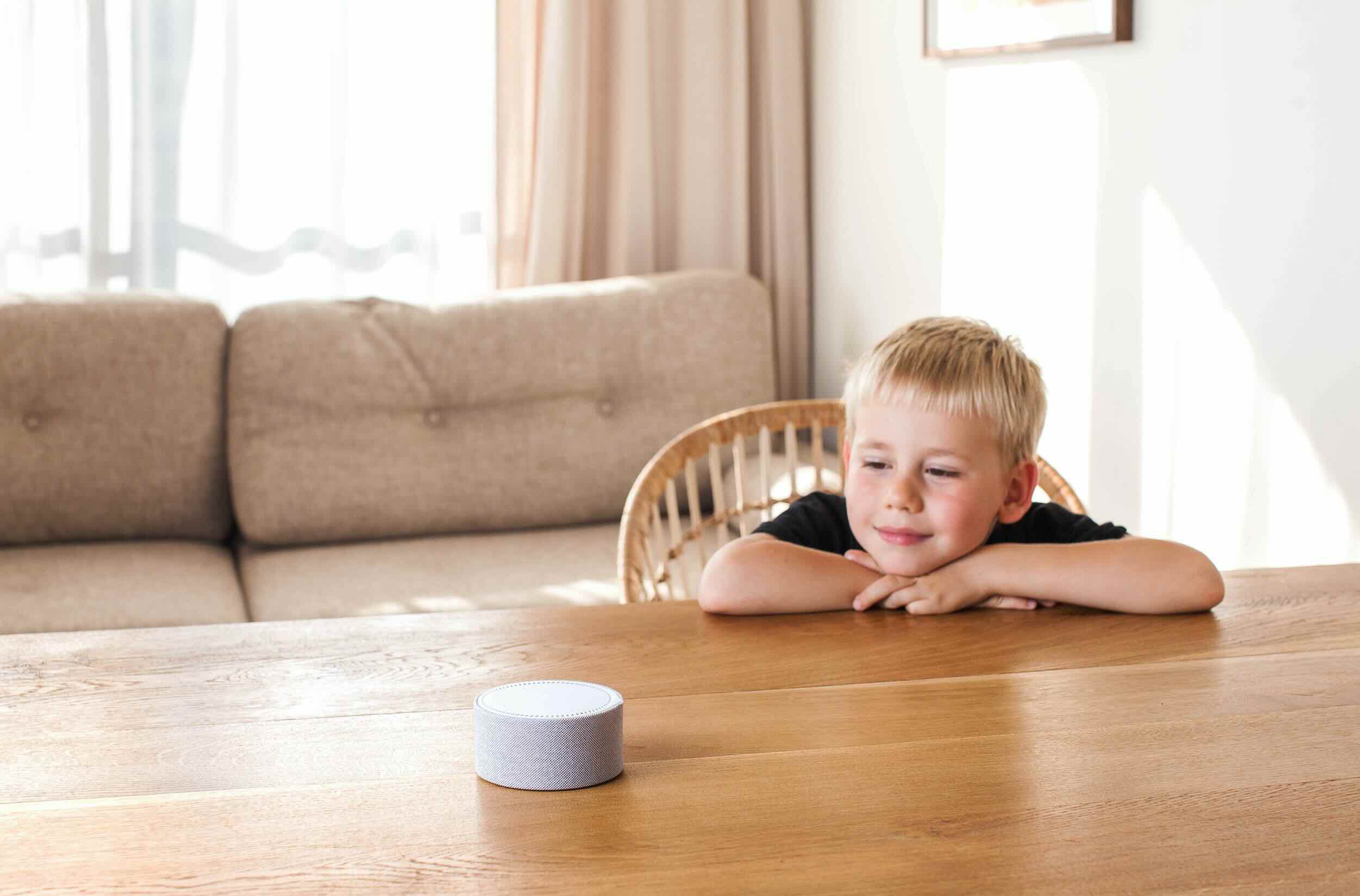


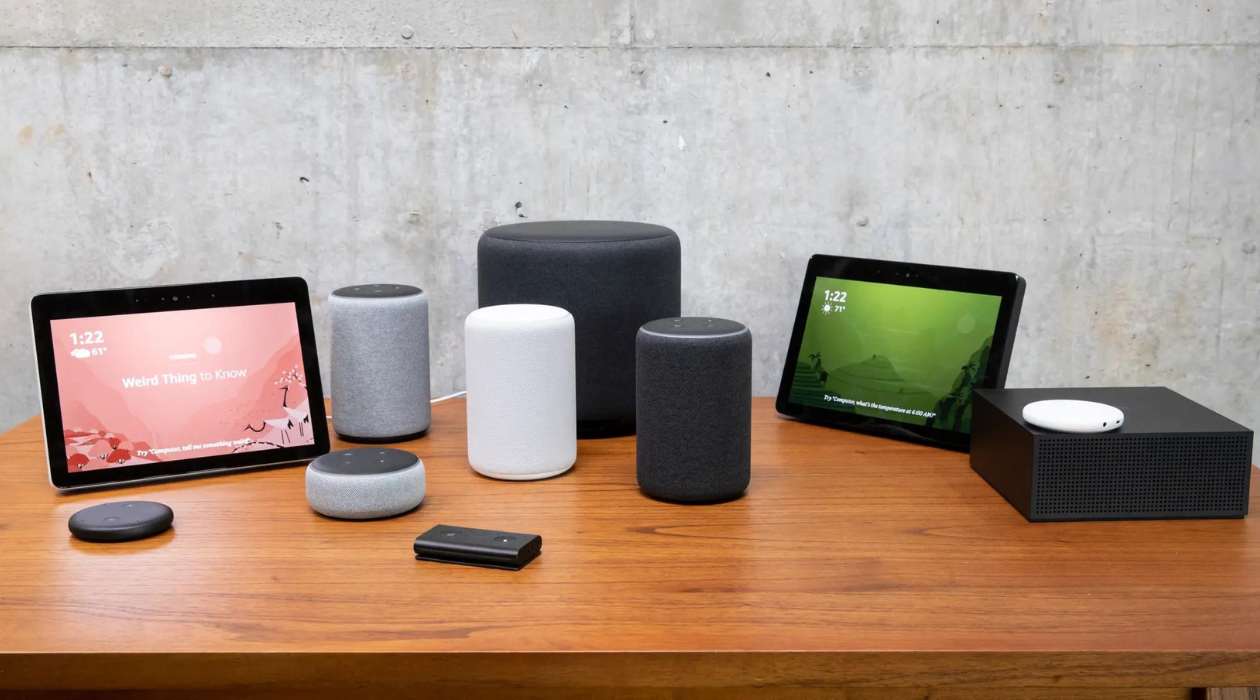



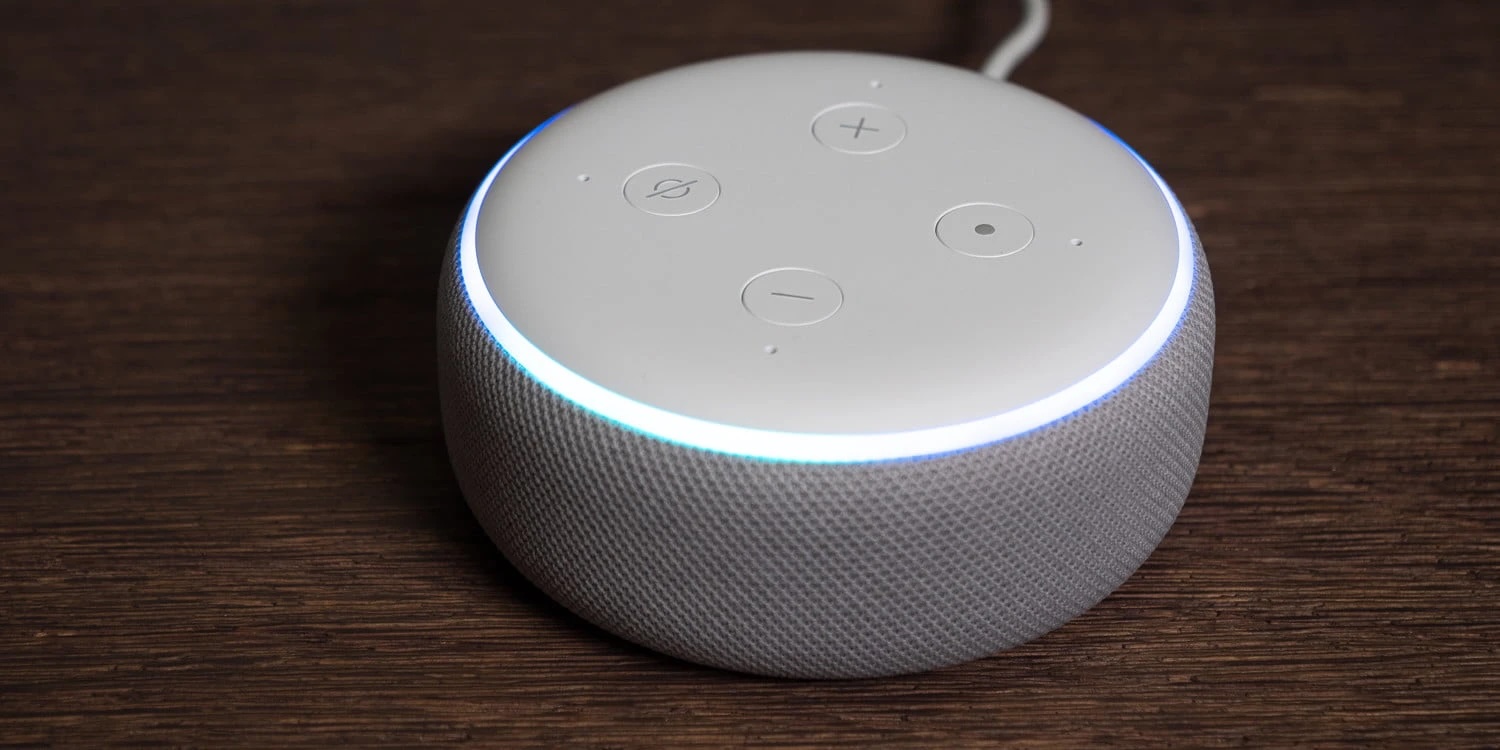
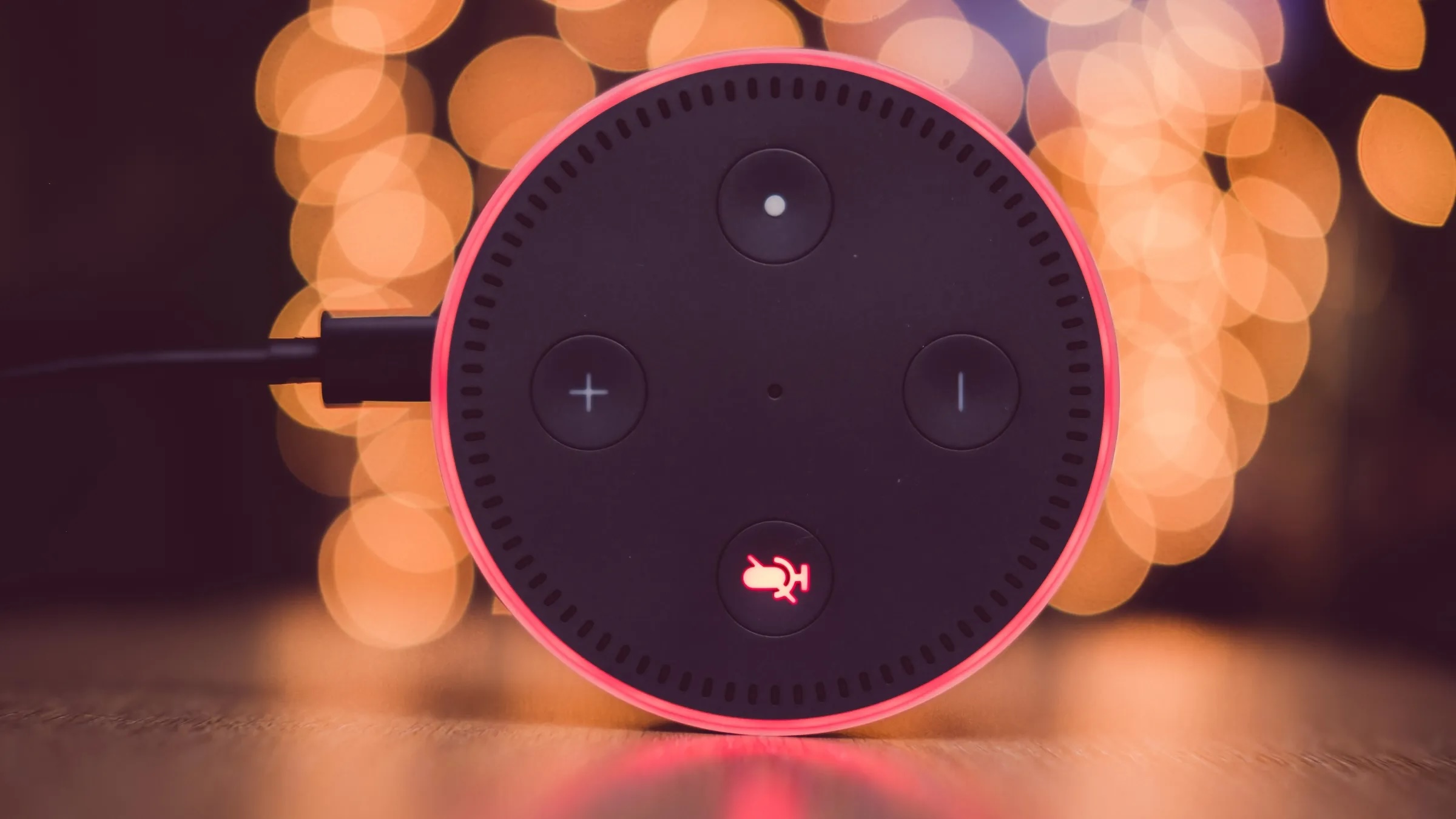
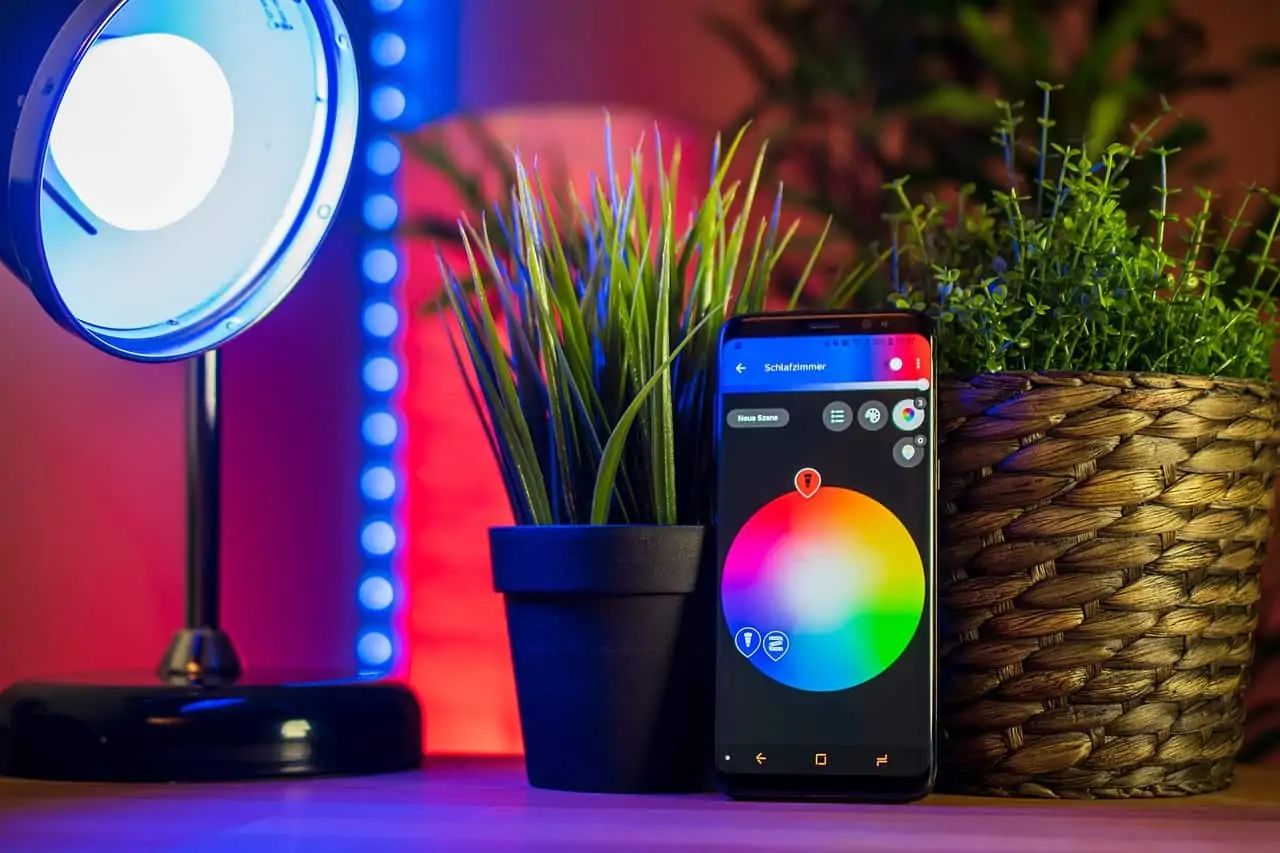
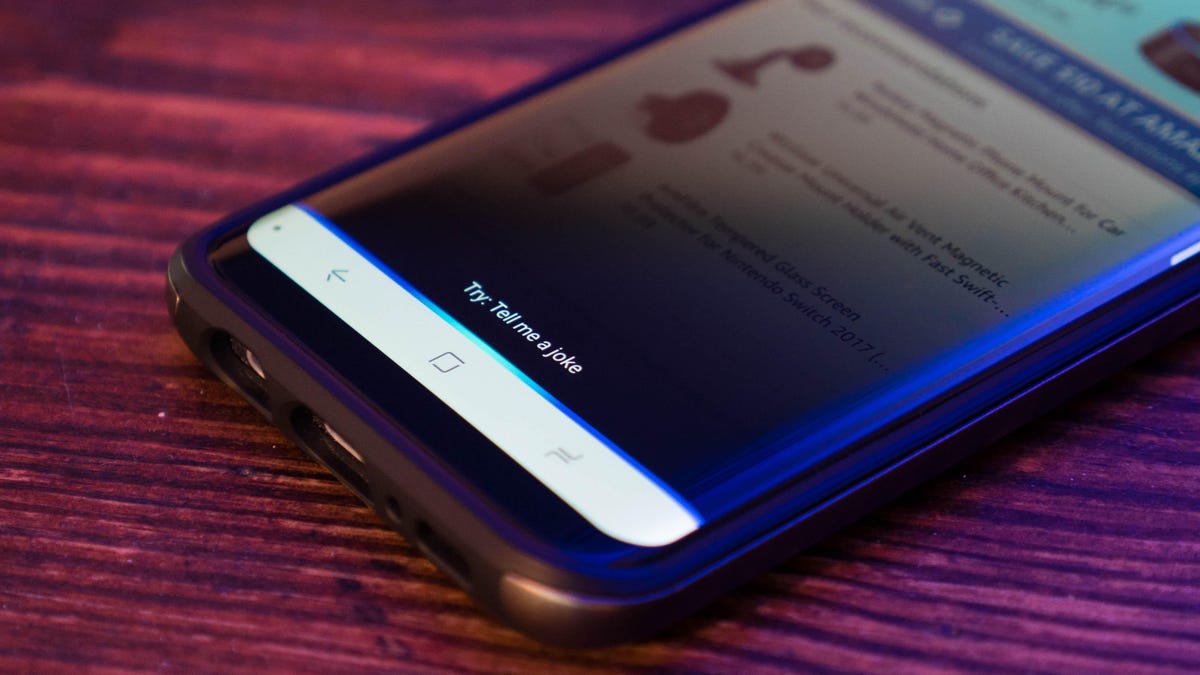

0 thoughts on “Why Does My Alexa Sound Different”